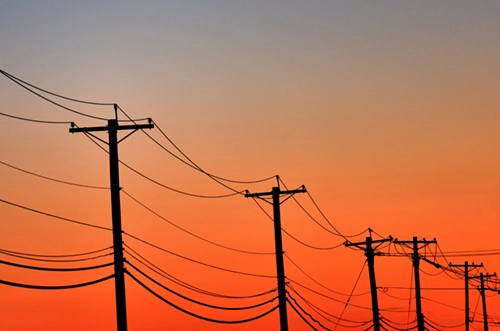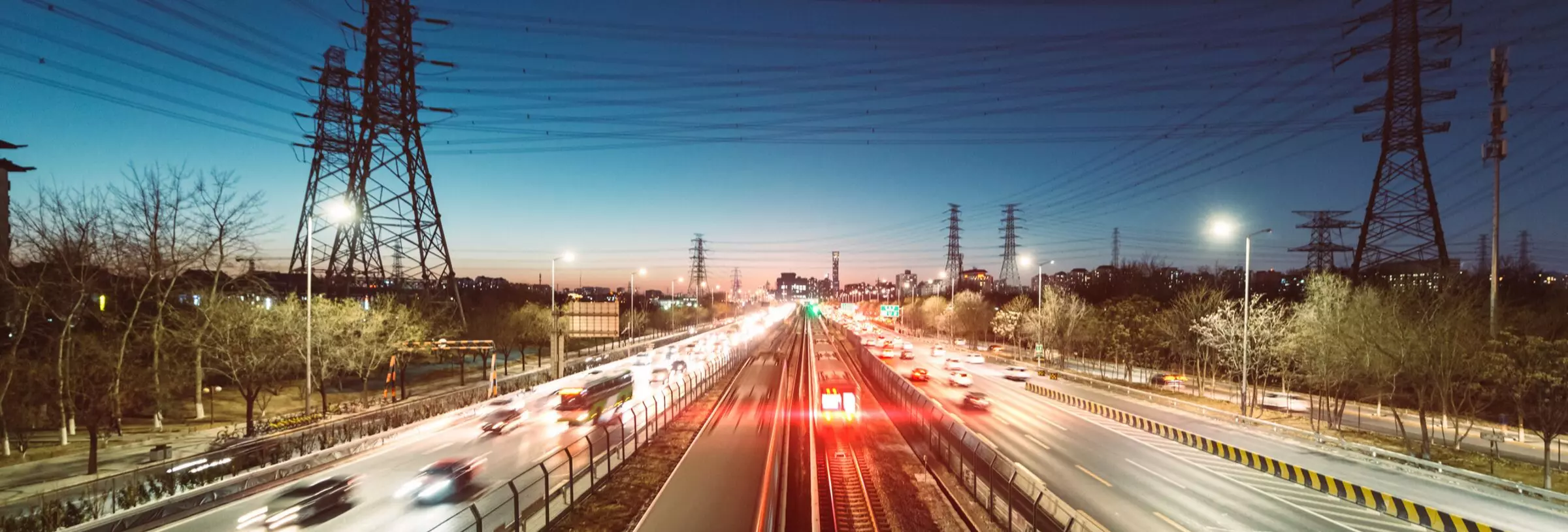
In California, when a government entity adopts a resolution of necessity to acquire property by eminent domain, that resolution typically “conclusively” establishes the requisite findings of public use and necessity. However, when the government is seeking to condemn a public utility to take over its operations, that conclusive presumption disappears. There has been an ongoing dispute about what standard of review applies in such take-over cases, and the California Court of Appeal recently provided guidance.
The California Court of Appeal, Third District, issued an opinion on September 21, 2023, clarifying the standard of proof to be applied at a trial on an effort by the South San Joaquin Irrigation District to use California’s Eminent Domain Law to take part of Pacific Gas and Electric Company’s electric distribution system. The Court held that an investor-owned electric, gas, or water utility has a right to a trial on the merits of a government’s decision to condemn the utility company’s property, because Code of Civil Procedure Section 1245.250(b) creates a rebuttable presumption on issues of public use and necessity when a government adopts resolution of necessity. This differs from the conclusive presumption of truth on those issues when a government adopts a resolution of necessity for most other properties—which limits attacks on the resolution of necessity to matters concerning the validity of the resolution itself. The Court of Appeal found that this result was mandated by the plain language of the statute, and that the underlying history of the statute supported this conclusion.
The road to this decision was somewhat unusual. The litigation between the Irrigation District and PG&E took place in two essential phases, which created a slight procedural complication in the matter. In 2016, the Irrigation District filed its eminent domain action to acquire PG&E’s distribution system. PG&E challenged the Irrigation District’s right to take. In 2017, the court ruled that although PG&E could challenge the District’s right to take, PG&E would have the burden to show that the District had committed a gross abuse of discretion in adopting its resolution of necessity, and that PG&E must show a lack of substantial evidence to support the District’s public use and necessity determinations.
PG&E filed a petition for writ of mandate in 2017. But, before that writ petition could be heard, the superior court dismissed the entire eminent domain complaint on other grounds, and the writ petition was withdrawn and proceedings stopped. But then, a different panel of the Court of Appeal reversed the superior court’s dismissal, reviving the underlying case below. The matter was reassigned to a new judge, and the parties litigated the scope of evidence that could be presented at trial concerning the issues of public use and necessity. The newly assigned judge issued the same order that limited PG&E’s ability to contest the taking based on a gross abuse of discretion standard, which was then challenged by PG&E.
On appeal, the Court analyzed the laws governing attacks on resolutions of necessity and findings of public use and necessity. The Court of Appeal held that the plain language of California Code of Civil Procedure 1245.250(b) provides that a resolution of necessity adopted by a condemning entity to acquire the property of an electric, gas, or water utility creates only a rebuttable presumption of truth. Thus, utility companies are able to contest the factual truth of the findings of the resolution of necessity. This contest is triable based on a preponderance of evidence standard, using evidence outside of the resolution of necessity’s administrative record. Utility companies are not limited to an attack on the validity of the resolution, and are not limited to showing an abuse of discretion or a lack of substantial evidence (which was the Irrigation District’s contention). The Court noted that a preponderance of evidence standard is incompatible with a substantial evidence standard.
Generally, when a government seeks to condemn property, it must adopt a resolution of necessity. In most cases, the adoption of a resolution of necessity creates a conclusive presumption of truth concerning issues of public use and necessity. Thus, in most cases, a resolution of necessity can only be attacked based on the administrative record and only on matters concerning the validity of the resolution itself. But, in 1992, the California Legislature adopted (and the governor signed) Senate Bill No. 1757 (1992), which amended Section 1245.250, creating a unique presumption for cases involving the acquisition of utility company property.
The Court of Appeal held that Section 1245.250(b) was plain on its face and compelled the conclusion that PG&E was entitled to actually litigate the public use and necessity issues, but went further and analyzed the legislative history of Senate Bill No. 1757 (1992). The Court concluded that the legislative history demonstrated that the Legislature very specifically intended to provide investor-owned utility companies with the ability to engage in a factual contest on the issues of public use and necessity. The Court also considered a separation of powers argument from the Irrigation District. The Irrigation District argued that issues of public use and necessity are legislative or quasi-legislative in nature, and thus not amenable to second-guessing by a court. The Court of Appeal held that while the necessity of a taking is a legislative question, the Legislature can make the question of necessity a judicial question by statute. The Court concluded that Section 1245.250 had done just that.
On the balance, the Court of Appeal adopted the positions laid out by PG&E and the amici curiae supporting PG&E. This outcome will help governments and utility companies alike better understand the options available for a utility company to challenge an attempt by a government entity to acquire utility company assets. Pragmatically, this ruling provides guidance that certain utility companies are able to actually challenge the merits of a proposed acquisition—whether of certain utility facilities, or of the operation of the utility company itself.
* Nossaman represented California Water Association and Southern California Edison Company as amici in support of PG&E’s challenge.
- Partner
Brad Kuhn, chair of Nossaman's Eminent Domain & Inverse Condemnation Group, is a nationally-recognized leader in the areas of eminent domain/inverse condemnation, land use/zoning and other property and business disputes. Brad ...
Eminent Domain Report is a one-stop resource for everything new and noteworthy in eminent domain. We cover all aspects of eminent domain, including condemnation, inverse condemnation and regulatory takings. We also keep track of current cases, project announcements, budget issues, legislative reform efforts and report on all major eminent domain conferences and seminars in the United States.
Stay Connected
 RSS Feed
RSS Feed
Categories
- Administration
- Appraisal
- California
- CLIMATE CHANGE
- CONGRESS
- Construction
- Court Decisions
- EPA
- Events
- Goodwill
- GOVERNMENT ADMINISTRATION
- Inverse Condemnation & Regulatory Takings
- Lawsuit
- New Legislation
- Possession
- Projects
- Public Agency Law
- Publications
- Redevelopment
- Regulatory Reform and Proposed Rules
- Right to Take
- Right-of-Way
- Seminars
- Speaking Engagements and Presentations
- trial
- Valuation
- Videos
- Water

